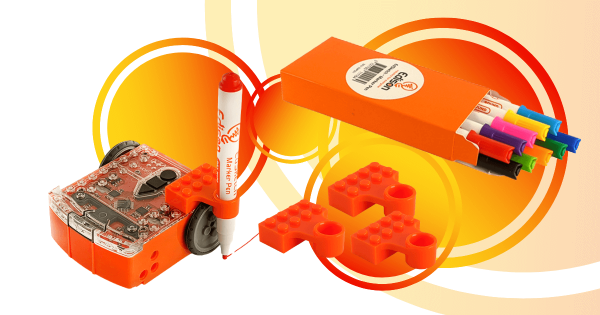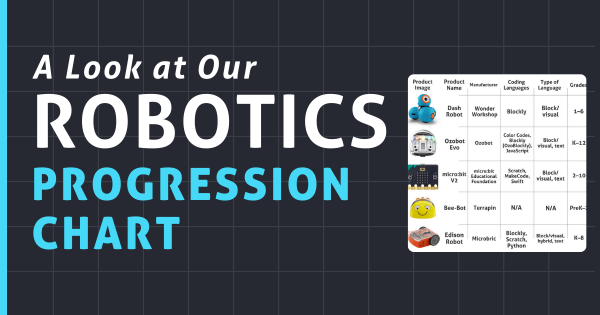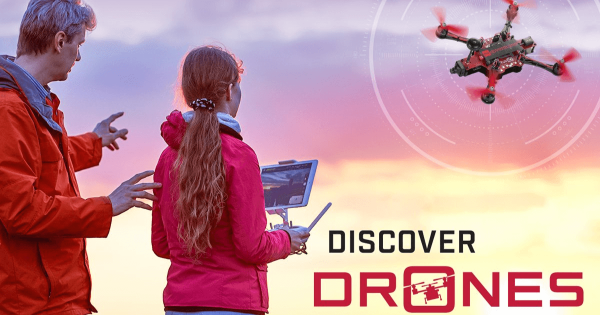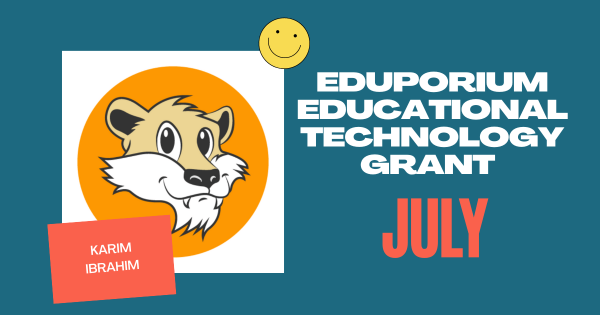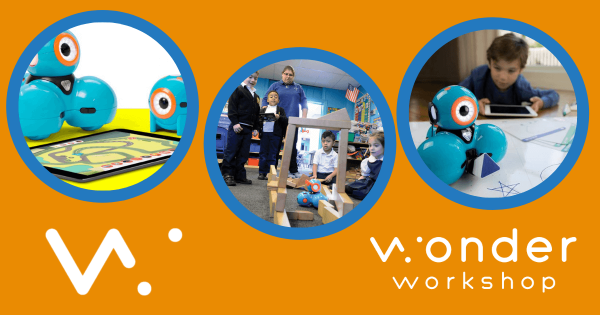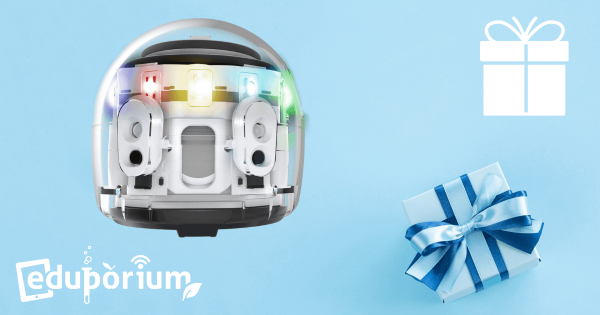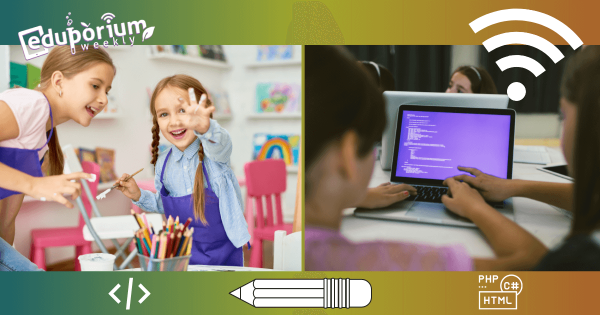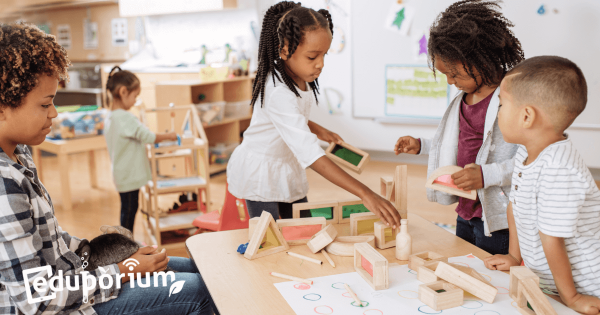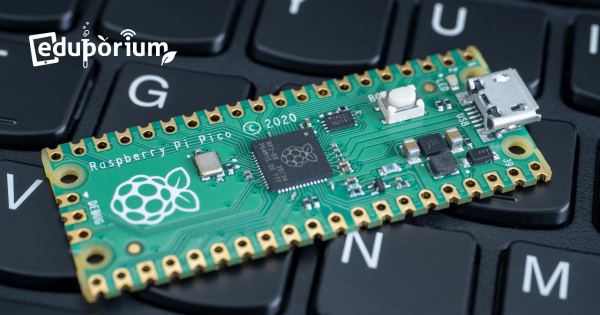The EdSketch add-on for the Edison Robot is a low-tech STEAM accessory that allows students to program Edison to draw or write. Like the EdCreate Packs, the EdSketch Kit is a super engaging and beneficial expansion kit that helps you scale up any Edison Robot lesson. Easily add an artistic component to coding or illustrate a concept related to the
Search results for 'afterschool stem'
-
Classroom Robots: A Look At Our Robotics Progression Chart
A large percentage of parents and K–12 teachers are aware that computer science and STEM education can impact children starting at a very young age. They may not, however, have all the key information when it comes to how to facilitate these learning experiences. From kindergarten up through high school, these robotics tools help kids progressively develop CS skills. -
Launch Structured STEAM With Discover Drones Classroom Packs
As drones continue to serve as notably valuable tools within our economy, creating educational experiences around their uses, applications, and new capabilities have proven to be valuable for students. Perhaps the best part is how drone education fits under many different umbrellas and educators can use the Discover Drones solutions and curricula in STEM and CTE. -
Our Technology Grant For July Goes To Karim Ibrahim
Karim’s a kindergarten teacher who’s committed to leading STEM learning opportunities for early education students in the core classroom. Realizing the importance and value of STEM in early education, he’ll also be leading a new afterschool program beginning this fall to help introduce children to EarlyEd coding while also aiming to reduce inequities in STEM access. -
Eduporium Team Donates Robot Kit Following Virtual Summit
We were fortunate to sponsor a Virtual Summit session led by fourth grade teacher, Jasmine Saab, and give away a Wonder Starter Pack to one lucky attendee! That attendee would end up being Imani Malaika-Mehta, who is the executive director of the KC Creators Club in Kansas City, and put this post together about her experiences with teaching STEM. -
Giving Gifts to a Librarian who's Created a Great STEAM Program
We are unable to award something to everybody who applies for our EdTech grant, so, this Holiday season, we selected a few of the applicants who weren’t chosen and sent them what they asked for. Alyssa Newton was one of the educators we sent something to and her students really seemed to love what they received. -
Eduporium Weekly | It's CS Ed Week...Just Get Coding!
Every year, students in schools around the world take part in Computer Science Education Week and the Hour of Code. Participation in this fantastic initiative has continued to grow every year since its official inception and we expect this year to the biggest one yet! This year’s CS Ed Week begins on Monday (Dec. 3) and runs through Dec. 9. -
Eduporium Weekly | All The Top Topics We Shared This Week
We are committed to using this platform to truly help educators better their approaches to teaching along with establishing new, dynamic professional connections more regularly. In any case, the following sections should give you a glimpse into what were among those five most popular topics based on impressions to appear on our Twitter feed in the last week. -
Eduporium Weekly | Activating Active Learning
If there are two students in the classroom and one is following along, trying to stay awake while a classmate recites a passage from their textbook and the other one is living the concepts the first one is reading about, which do you think is more fully engaged? No, this isn’t a trick question. The answer is Student 2 and -
Eduporium Weekly | Baking (Raspberry) Pi in the Classroom
The Raspberry Pi is a $35 computer about the size of a credit card. Its capabilities are astounding and it keeps getting more and more powerful as new models are released. What’s most impressive is the way it transforms complex projects into amazingly simple machines and helps shape future ready students through hands-on adventures.



